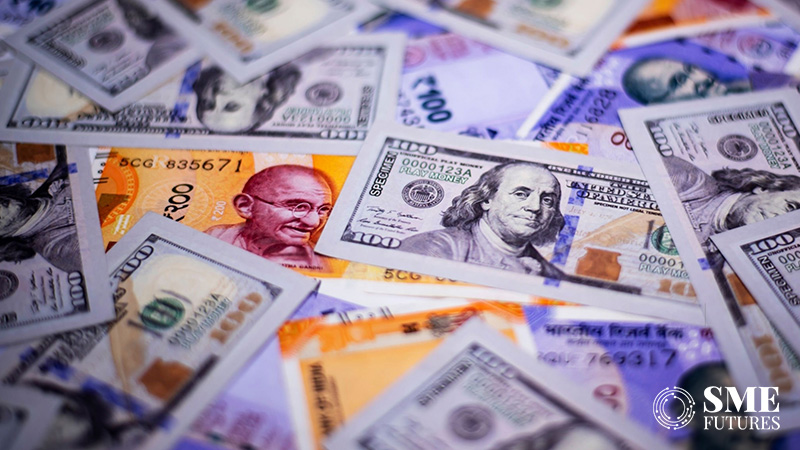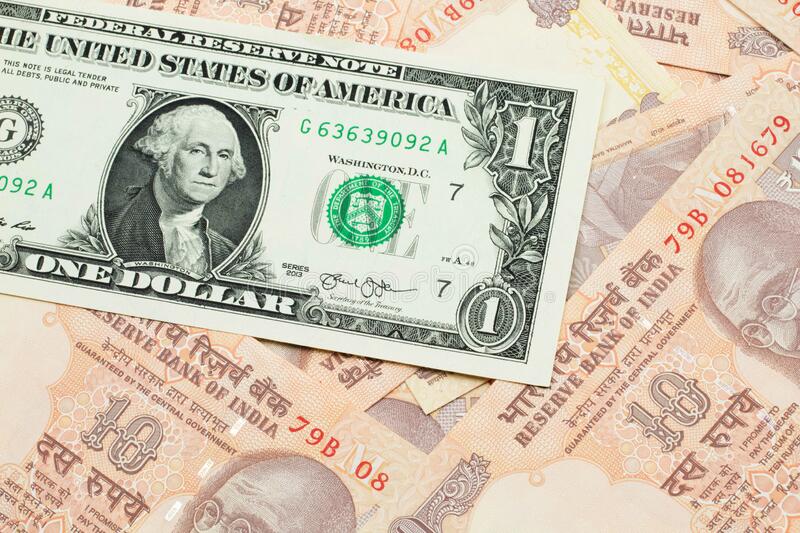US President Donald Trump’s aggressive tariff measures against China, Mexico, and Canada, along with the recent threat against Europe, sparked worries of a global trade war, sending the rupee plunging to a new record low and the benchmark indices closing down on Monday.
The rupee made its first foray below the 87/$ threshold. At 87.195/$, it fell 58 paise from its previous finish of 86.616/$, the most one-day loss since January 13. However, it recovered some of its losses when a state-owned bank sold dollars at 87.29/$ on behalf of the RBI, keeping the rupee from dropping below 87.16.
The dollar index increased by 1.01% to 109.46 as a result of Trump’s 25% tariffs on Canada and Mexico and 10% tax on China. Europe is next on the firing line, he added.
Fears of an interruption in supply caused oil prices to rise during the day, but worries about a potentially devastating trade war restrained the gains. In futures trading, Brent crude increased 1.41% to $76.74 a barrel.
According to provisional exchange data, domestic institutional investors (DIIs) net purchased shares worth Rs 2,708.23 crore on Monday, while foreign portfolio investors (FPIs) sold off stocks worth Rs 3,958.37 crore.
The South Korean won, Taiwanese dollar, Indonesian rupiah, and Thai baht all had declines of up to 1.05%, making the Indian rupee the fifth-worst-performing currency among Asian currencies.
According to traders, the rupee would likely continue to be under pressure from ongoing outflows of foreign funds and widespread dollar strength in international markets, which is being pushed by oil importers’ unrelenting dollar demand and low-risk tolerance.
In addition, businesses and investors are growing their long-dollar holdings in anticipation of future growth. Trading with the expectation that the US dollar will appreciate vs other currencies is known as a long dollar position.
Traders pointed out that the RBI’s intervention is less forceful than it was in October and November because of the present liquidity issue in the domestic economy.

